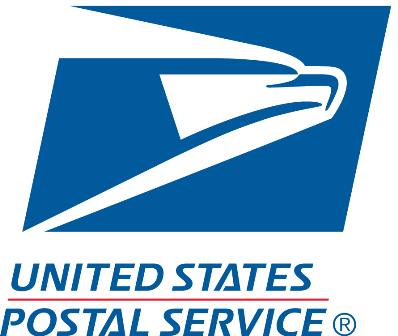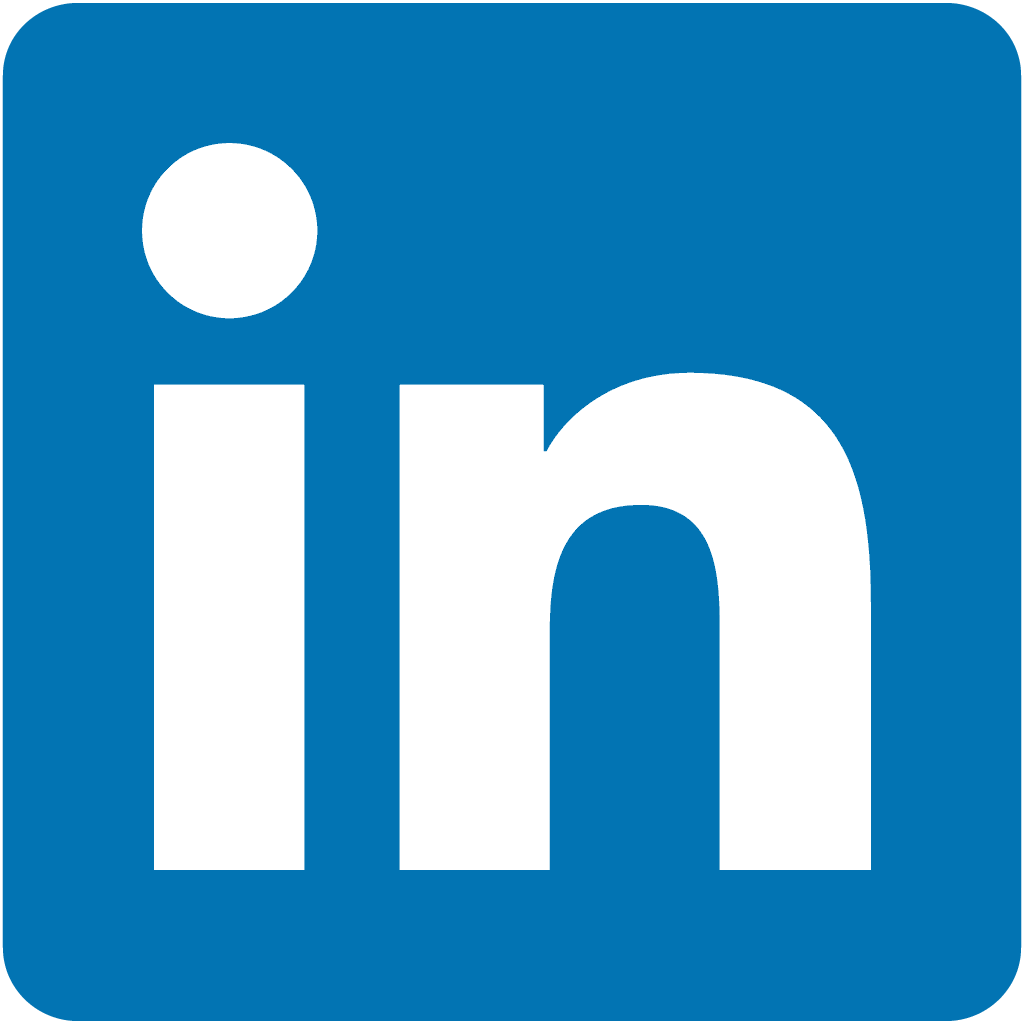This Solo Founder Built A $10M ARR Tool For Software Teams
Hello! Who are you and what business did you start?
Hello, my name is Adam Sandman, and I’m the Founder and CEO of Inflectra Corporation - a tech company based in the Washington, DC area. Our flagship product is SpiraPlan and our companion testing automation tool – Rapise. Our mission is to bring harmony to customers’ software development and testing process, and our products help customers design, develop, test and release their most mission-critical applications. Today, Inflectra is doing about $10MM in ARR and we hope to continue growing at between 30-40% YoY.
One of the most rewarding things about our business is that we see our customers every day; they are everywhere! As our business focuses on medium-large companies (which is unusual, I know!) in industries such as food, transportation, logistics, banking, insurance, defense, and life sciences, we see them in everyday life. When visiting the...

Download the report and join our email newsletter packed with business ideas and money-making opportunities, backed by real-life case studies.

Download the report and join our email newsletter packed with business ideas and money-making opportunities, backed by real-life case studies.

Download the report and join our email newsletter packed with business ideas and money-making opportunities, backed by real-life case studies.

Download the report and join our email newsletter packed with business ideas and money-making opportunities, backed by real-life case studies.

Download the report and join our email newsletter packed with business ideas and money-making opportunities, backed by real-life case studies.

Download the report and join our email newsletter packed with business ideas and money-making opportunities, backed by real-life case studies.

Download the report and join our email newsletter packed with business ideas and money-making opportunities, backed by real-life case studies.

Download the report and join our email newsletter packed with business ideas and money-making opportunities, backed by real-life case studies.



























































